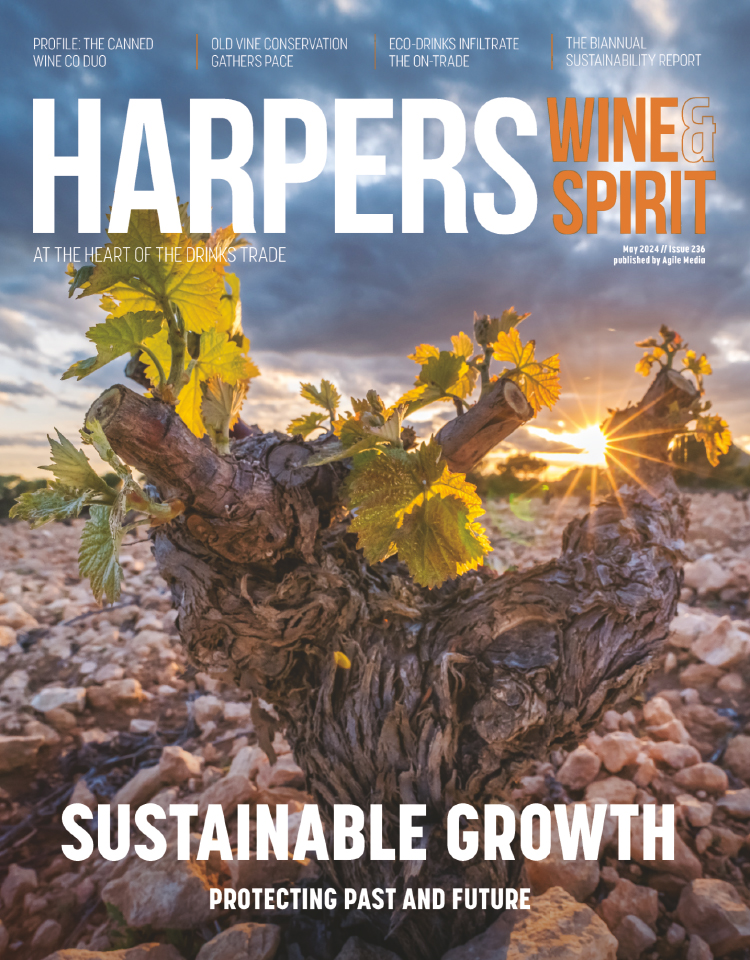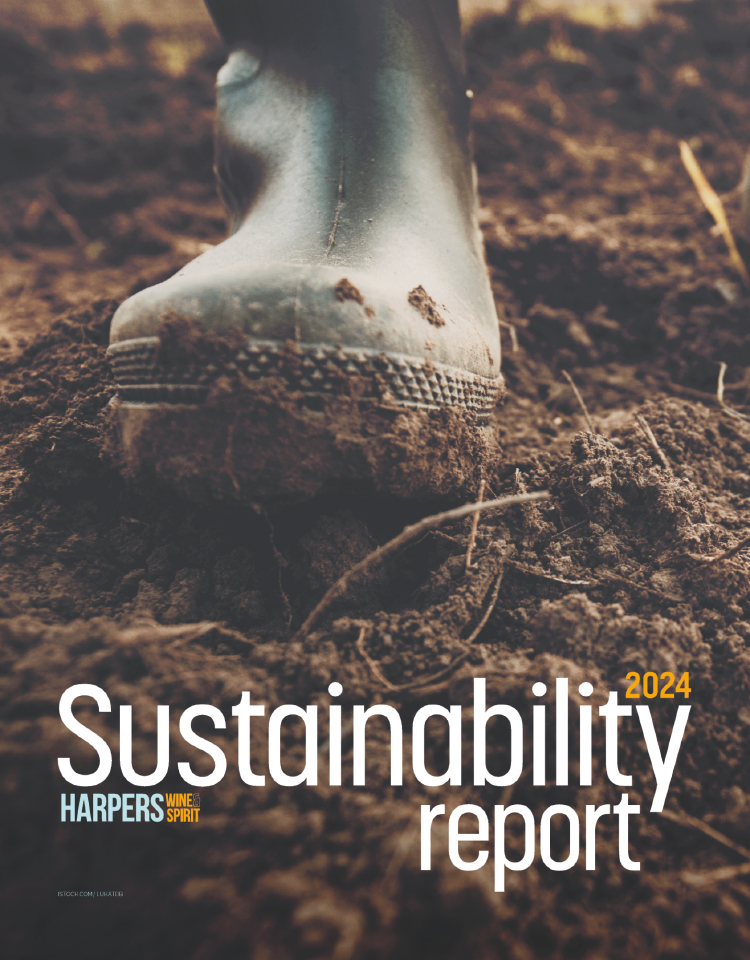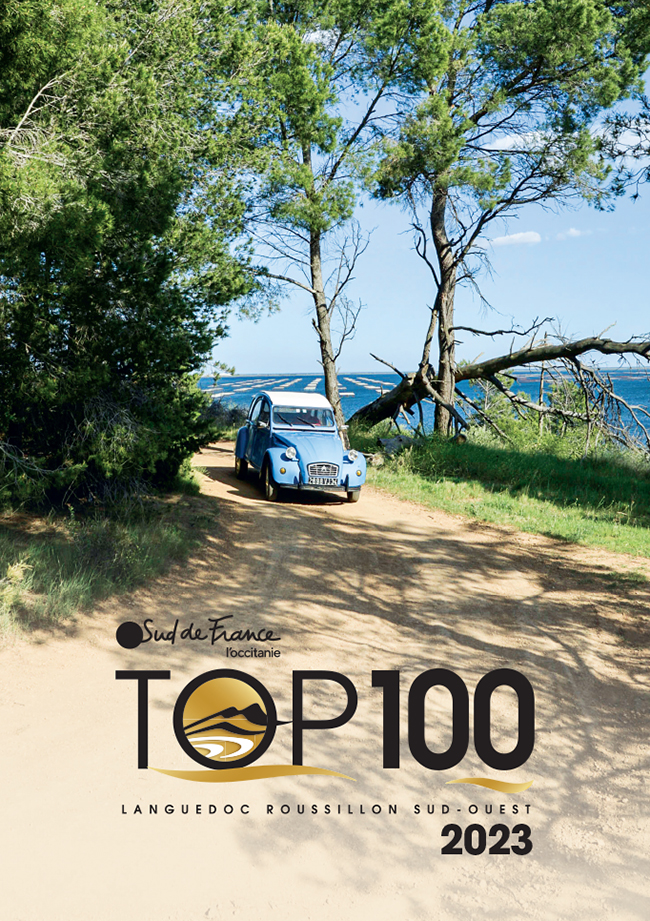OUT ON A LIMB
Uruguay is the forgotten "other" of South America, languishing behind the sheer bulk potential of Argentina and the frisky success of Chile. But as Jim Budd reports, Uruguay's best hopes for a breakthrough lie in a role model far from the Andes
It might make broad geographical sense to lump together the wine industries of Argentina, Chile and Uruguay, and in the UK, Argentina and Uruguay now share the same public relations agency. In reality, however, Uruguay is utterly different from both Argentina and Chile in a number of important respects. Somewhat ironically, the first and foremost difference is geographical. Unlike in Argentina and Chile, the Andes play no part in Uruguayan viticulture - they are over 600 miles from any vineyard. The country is rarely more than gently undulating; there are no mountains. A number of the vineyards are flat and featureless, often posing a real challenge to photographers sent south for landscapes. Uruguay's climate is generally maritime and is often likened to Bordeaux, with the long estuary of the River Plate substituted for the Gironde. As in Bordeaux, rain at harvest time is an annual threat. 90% of the vineyards are close to the capital, Montevideo, in an arc that runs to the north of the city, taking in the important zones of Canelones and San Jos. The final 10% of the vines are divided equally between the southwest, in the region of the old city of Colonia; and the northwest, around Salto and Bella Union, and the Rivera district in the north by the Brazilian border. Here the climate is hotter and more continental. Uruguay now has only 9,000 hectares (ha) of vines planted, compared to some 19,000ha during the 1950s. Even the most optimistic forecast predicts only a maximum of another 6,000ha in the foreseeable future, to bring the total area back up to around 15,000ha. Uruguay is a small player - neighbouring Argentina has well over 20 times the area of vines planted - and must look for niche markets; there is no point concentrating on the own-label supermarket sector. In terms of area under vine Uruguay is similar to New Zealand. Given New Zealand's success in building a high quality image for its wines, and a correspondingly high average retail price, it is not surprising that the Uruguayans have chosen New Zealand as their marketing model. There are some similarities between the two countries. Both are small with a wealthy population; Uruguay has the highest economic growth rate in South America, and the highest literacy rate; and in a situation similar to New Zealand's in the mid-70s, most of Uruguay's wine production until the 1990s was low quality for the domestic market. Since then there has been a growing emphasis on quality, both for the increasingly sophisticated domestic market and also the developing export markets. But there are crucial differences too. New Zealand's success was built on Sauvignon Blanc; the Uruguayans are pinning their hopes on Tannat. With its Sauvignon, New Zealand matched and occasionally bettered the fashionable and expensive wines of Sancerre and Pouilly-Fum; it is now building a similar reputation for its Pinot Noir. Tannat just does not have the same cachet. Despite Alain Brumont's success in promoting Tannat and the robust wines of Madiran in France, their and his reputation - except among a few devotees - has never successfully crossed the Channel, let alone the Atlantic. Furthermore, although Tannat is a particularly robust variety, there are other varieties, such as Syrah, Mourvdre and Malbec, that can fit into a similar style category. Tannat is nothing like the Unique Selling Proposition that Sauvignon Blanc was for the Kiwis at the end of the 1980s. Tannat was first introduced into the country by Basque immigrants in the 1870s, and now accounts for 30% of all plantings. It is not clear whether it is because the climate, the soils or vinification techniques are different, or that perhaps the Uruguayan Tannat is not the clone of the Tannat of Madiran; but the Tannat here is decidedly softer, more approachable and younger than the decidedly muscular version from southwest France. Uruguay has yet to make any significant breakthrough in the UK (see table, p27). In terms of volume it has actually gone backwards since 1996 and 1997. This may not matter in the long term, as in five years the Uruguayans have managed to increase the export price per bottle by 53%, from $1.45 in 1996 to $2.22 in 2000. The hope must be that the very good 2000 vintage followed by an above average one in 2001 will help boost exports to the UK during 2001 and 2002. Much depends on the later ripening varieties, such as Tannat, which fared best in 2001, as the weather improved after rain in early February. Initial indications from the first two months of 2001 show a substantial jump in exports to the UK, up 43% on the same period in 2000, with 132,000 bottles. This level will have to be maintained throughout the year if Wines of Uruguay's remarkably optimistic forecast of 270,000 cases in 2001 is to be met. The target for 2002 is 415,000 cases. One disadvantage in Uruguay is the high cost of dry goods, at around $8 a case. Typically, in Argentina and Australia this would be $5, while in Europe the costs are much lower, averaging between $3.5-$4 a case. Uruguay no longer produces its own glass - the sole factory was bought by a Brazilian company and is now closed. The broad aim of the Uruguayans is to sell 60% of their exports to the UK for between 5-7 retail, with 20% above 7 and 20% below 5. Listings in supermarkets and the retail multiples are still limited, but are hitting the target niche. From Establecimiento Juanico, Sainsbury's has taken the Bright Brothers Merlot Tannat at 3.99, and Don Pascual Reserve Tannat at 6.99; while Marks & Spencer has the Polosur Tannat from the Pisano Estate at 9.99; and Waitrose a Pisano Family Tannat for 8.99. The average listings price for Uruguayan wine is currently 6.20, although admittedly there are only six Uruguayan wineries (Casa Pujol, Filguera, Juanico, Los Cerros de San Juan, Pisano and Stagnari) who have significant UK listings at present. It is taking a while for the Uruguayans to establish themselves in the UK. Their lack of experience of exporting wine is a significant factor. Toby Hancock of Ehrmanns, agents for Juanico, says: "Discussions with retailers have been going on for over a year. There is general interest, but it is probably taking longer than usual because Uruguay is a new country." Richard Berrington of HwCg, agents for Pisano, reports that there is interest for the Tannat and Pinot Noir, but not for the Cabernet Sauvignon. "People are looking for the points of difference," he says. Virtually all of Uruguay's wines are made by private companies of varying size - just over 1% of the country's production is made by co-operatives. With 365ha of vines near Carmelo in the southwest of the country, Establecimientos Vitivinicolas, Dante Irutia SA is one of the largest estates. When young Dante Irutia took over the estate in the 1950s, he made it the country's leading producer. However, times move on and the estate has been under-performing for some time. Its wines were some of the least impressive I tasted on a visit to Uruguay last December. Graeme Mackenzie, director of South American Partners, UK importer for Irutia, explains that there have been changes for the 2001 vintage. "Angela Muir has been employed as a consultant for this vintage. She had previously produced a complete assessment of the vineyard and winery, and concluded that the problem lay in over-cropping in the vineyard." Among the other big players are Establecimiento Juanico SA (Ehrmanns), with 300ha of vines. Wines are sold under the Don Pascual label in the off-trade and Preludio (Georges Barbier) in the on-trade. Peter Bright also makes wine here. The Carrau family runs Castel Pujol (Laymont & Shaw) with access to 70ha at Las Violetas in the region of Canelones, just north of Montevideo. They also have 40ha planted at the Cerro Chapeu estate near Rivera, on the Brazilian border. At 300 metres these are the highest vineyards in the country, and the wines are made in a beautiful state-of-the-art winery. Castillo Viejo (represented in the UK by Forth Wines) has 130ha at San Jos, northwest of Montevideo. Its most successful wines are from Cabernet Franc, in particular the Reserva from a parcel of old vines. Near Colonia is the historic Los Cerros de San Juan estate (Pearson French), which includes Tannat vines that are over 100 years old. Two of the smaller producers also stand out. Pisano (HwCg) is at present the most consistent and impressive producer in Uruguay, and is run by three brothers. As well as good single varietals, it also produces an attractive Merlot/Tannat blend. The other is Hector Stagnari (HwCg), who has 10ha close to Montevideo and 25ha at Salto, and is one of the few producers to make interesting whites - in particular a Gewrztraminer. Reinaldo de Lucca (Friarwood) could also be a producer worth keeping tabs on. His 2000 wines, especially a Merlot and a Syrah, were very impressive, showing dramatic improvement on his '99s. It will be interesting to see how he fared in 2001. These are still very early days for Uruguay. The next 18 months will be crucial, as wineries recently signed up by UK agents try to obtain listings. If Uruguay is to attain a durable share of the high value niche market, the unattached wineries will have to obtain listings with specialist independents and regional wholesalers, and not just with a few multiples. The next couple of years will also show whether Uruguay really can emulate New Zealand by establishing a high quality, high value niche in the market. It will not be easy but, with only 9,000ha of vines, Uruguay has no other sensible option.





